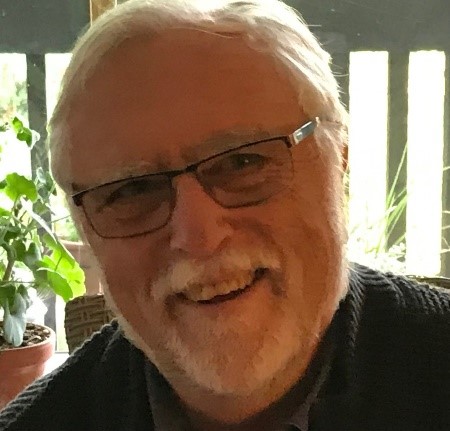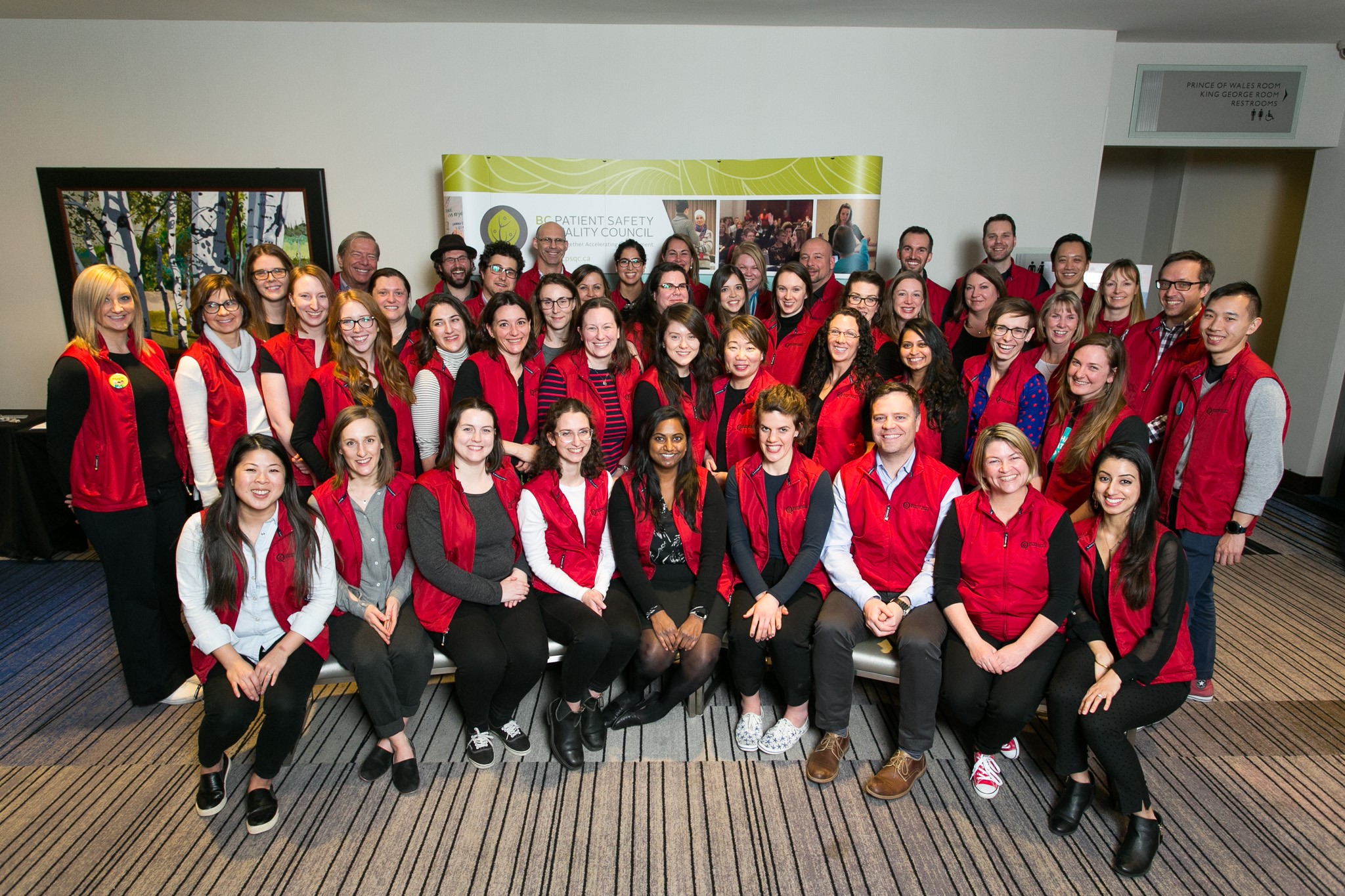Posted
Categories: My Experience
[rt_reading_time label=”Reading Time:” postfix=”minutes”]
In October, the government of BC announced funding for a new urgent primary care facility to open in Langford on Vancouver Island. We caught up with Layton Engwer and Chad Dickie, two PVN patient partners who were involved in the consultation and implementation of the new centre. They told us about what it was like helping out with such a large-scale project as part of the Western Communities Primary Care Network Steering Committee, and what the centre means to them and the community.
What drew you to this particular engagement opportunity and what was your experience like during the planning of the new urgent care centre?

Chad: I’ve been a part of several educational workshops, training sessions and engagements through BC Patient Safety & Quality Council and PVN, and this gave me a good basic knowledge of the primary care perspective. This was an opportunity for me to work with leaders of all types, across the health care spectrum. I don’t have a degree and I’m not a professional, but I was able to sit in the room with some very talented people and witness their hard work and dedication to continuous learning and training. I am interested in how health care delivery models can be redesigned and how patient partners can be involved. I’m really interested in funding models.
Layton: I became very involved in the process early and attended several meetings. All of the members of the committee accepted both me and Chad as full-fledged members without hesitation. That encouraged me to volunteer for sub-committees and contribute to discussions on the workflow of clinics and other projects. They welcomed my involvement and I was very forthright about what the community was looking for and how they’d react to certain things.
Chad: We had many discussions about how to educate the general public, patients, and primary caregivers about what the Urgent Primary Care Centre (UPCC) was and who should go, as opposed to going to the Emergency Department. We needed to communicate that the centre was open 365 days per year, for 12 hours a day, and that patients were going to be seen by a doctor that day if they were in the door. It’s like a super walk-in clinic!
How has this opportunity affected your perspective as a patient?
Layton: As a patient on the committee I felt I had the unique ability to call out the elephant in the room. At times, I was able to ask the questions that other people in the room may not have been in the position to.
Chad: Changing the established way of doing things can be challenging in any industry, even threatening. Offering person-centred care does require a change in how providers engage with patients. I’ve realized that these opportunities are ultimately about helping the health care system make shifts in its culture and move in the right direction to do what’s best for the patients. This means that the patient is engaged and involved in their care decisions with the help of health professionals.
What does your participation in the project look like now that the centre is open?
Layton: The communications plan and steering committee are still ongoing. The policies and procedures for the care centre that we helped work on are being implemented.
Chad: We are working on a presentation that we will give as patient partners where we can spread the word about the Urgent Primary UPCC). We’ll put posters up and talk to medical office assistants and other partners about what the centre is. There is a structure developing in this project for patient partner participation beyond sitting at the table. We become ambassadors for health care initiatives like this and others on the way.
Layton: Right, we were able to get involved in the implementation of the communication plan, rather than just being consulted on it. Our first presentation is this week and I’ve been putting up posters in Langford and Sooke. Patient partners are part of the face of the project.
What does this new urgent care centre mean to you and the community?

Chad: This care centre means more options for receiving care that’s closer to home. It means not having to visit the Emergency Department, and more care pathways within the UPCC itself. It’s an important step forward in addressing the issue of patients not having a family doctor. The UPCC aims ultimately to attach “unattached patients” to a nurse practitioner or family doctor while offering an integration of services. All the components come together here. This is a new addition to the health care ecosystem.
Layton: My friends with kids and my own children and grandchildren struggle to find a doctor around the province. Lots of young people are struggling. With the urgent care centre, referrals to specialists become a little easier. People will experience a reduction in wait times in the long-term, and the centres can help accommodate population growth. I am happy to be doing something that will help the community considerably.
Chad: This centre is important because it represents the value of patients at the table, contributing meaningful in the process at a number of levels. System change is not always about big disruptions but small ideas, nudges, that start to move within the structure. There is a momentum that follows from these changes that can help the silos in the health care industry become more porous so things can flow back and forth. There’s cross-fertilization, cross-pollination of ideas that can influence the entire system in a good way.
Layton: There’s more of a team focus. For the first time, there’s a mental health worker on the West shore. A patient can be referred for point of care testing before seeing a doctor which will save time. There is more diversity in practitioners.
Chad: Exactly. Treating chronic disease and feeling well is more than health care and access to primary care providers. Patients can get other supports that contribute to their health from community partners and allied health services. They can receive self-management strategies to avoid emergency room visits. It’s empowering for the patients.
Thank you so much to you both! What an exciting project and we can’t wait to hear more about it in the years to come.


